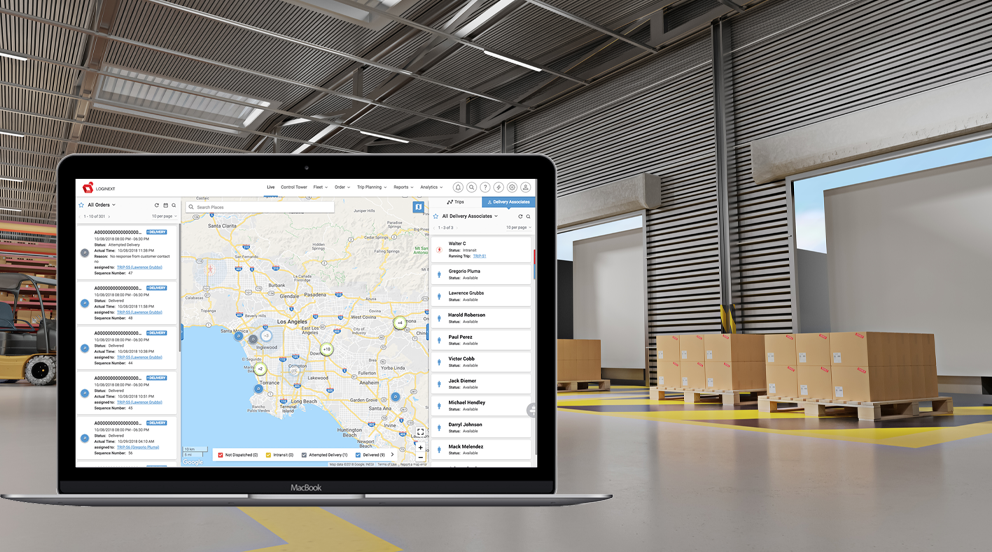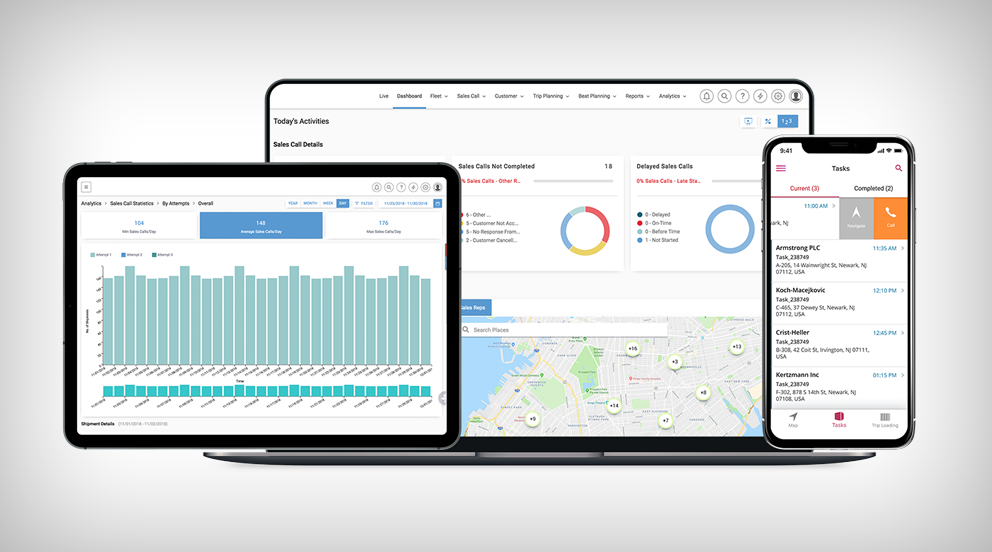Total consolidation: A key 2021 trend for the logistics and supply chain industry
– Dinesh Dixit, Logistics and Supply Chain Automation expert
2020 has been a year like no other! At LogiNext, we got early signs of the magnitude of the situation owing to our global operations and quickly started working with our existing clients to brace for impact. There has been a major inflow of demand since early 2020 and the importance of supply chain visibility, logistics automation and technology along with a great customer experience has come to the fore. Most of these focus areas around customer-centricity, visibility and automation will still continue to hold true as we move forward into 2021.

In addition, one key area of focus will also be Total Consolidation. 2020 has seen a barrage of first-time consumers of delivery channels across retail, healthcare, eCommerce and big bulky goods, to name a few. It has also seen an increase in the number of companies shifting resources and investments towards enabling delivery capabilities.
With this renewed focus on delivery and an exponential growth of demand, the challenges faced by the industry will just get exacerbated – Whether it’s driver shortages, last-mile delivery costs, manual processes, warehouse/store space limitations and such. In such scenarios, Total Consolidation will be key to ensure costs stay low while businesses tap into the opportunities that lie ahead.
Total Consolidation is a strategic imperative where leaders need to rethink their entire Delivery operations with one goal in mind – Do more (and make more) with less. This can be at various levels –
1. Consolidating your warehouse or distribution centers to focus on higher performing areas- LogiNext’s advanced order batching features go a big way in helping you consolidate warehouse operations or manage distribution centers better by leveraging technology.

2. Outsourcing some operations to proven 3PL/ 4PL players- Companies like UPS and FedEx can provide better economies of scale and as a full stack technology, LogiNext Mile can help you manage your own fleets or onboard 3PL/4PL players or run a hybrid model. With the Mile platform being super integration friendly, this can be layered seamlessly on top of existing technologies.
3. Making strategic decisions- Which markets should you focus on? Which markets should you exit? It’s critical to know which markets are providing the “bang for the buck” and course correct accordingly. LogiNext’s dashboard gives a detailed analysis of trends depending on which you can make these decisions.
4. Consolidating the 3rd Party OSP/Agent network to focus on the most cost-effective partners- Visibility and measuring outsourced service providers is a critical decision making metric when looking at overall efficiency of operations. Consolidation plays a big part here and like the previous point, having granular as well as trend level analytics helps you make the right decisions.

5. Rethinking historical static routes with new-age dynamic routing to make drivers more efficient, and customers more aware using real-time communication mechanisms such as SMS, Email and IVR (interactive voice response). All this is built into the LogiNext Mile platform for you to leverage right away.
6. Implementing smart algorithms that can consolidate packages and deliveries based on territories, customer preferences, automated geocoding- LogiNext’s global experience with 100+ clients has made our AI and ML algorithms super capable to give you the best in class technology to digitise and automate your backend.
155







@LogiNext